Like Iran showed, the best to counter western military is huge numbers of ballistic missiles, cruise missiles and suicide drones.
Having a very big air defence army is costly and the best you could do is destroy aircraft above your territory. It's not useless but defence systems never make you win a war.
I think the lesson is obvious... you can even look to nature... hedge hogs and turtles don't win... they survive... most of the time their defences are good enough, but against peak predators they are useless... ie against humans a hedgehog and a turtle don't last long at all...
What you need is some way of hurting the danger to the point where any perceived advantages of attacking you are outweighed by the potential pain or damage you can inflict... ie I don't need to be able to defeat you, but if I can make you think you will suffer you will move along to the next potential meal instead.
Clearly this means just having a really good defence is not enough on its own, so an air defence system on its own even with integrated air power like the Russians have is not enough on its own, but then they have the entire Russian military and nuclear capacity to back it up and deliver pain to whomever needs to learn the lesson if necessary.
IMO it is more disuasive to have the power to attack directly deep into the enemy and make huge damages than having the power to destroy its aircraft only.
But if you don't have any defences they will use your strike potential as a reason to attack you in the first place... it would make you enough of a threat to matter and to get their attention.
Russia should invest in a 2000km MRBM to put in danger the rear bases of nato in italya and germany ...
They will but it wont be ballistic...
Since Kinzhal is a hypersonic derivative of the Iskander, I can guess that hypersonic Iskanders are on the way. The advances in
solid rocket fuel are breathtaking. But one basically never hears about this.
Both are solid rocket fuelled missiles, but because Kinzhal is launched from altitude at speed it is slightly faster and has much longer range because it can convert more energy in to top speed instead of using lots and lots of energy getting up off the ground to altitude and from a standing start to moving rather fast.
AFAIK the Iskander is already hypersonic... with speed quoted at between mach 6-7, but when launched from above 10km altitude and at mach 2.4 it gets an enormous boost in flight speed to about mach 10 and a flight range four times bigger (ie 2,000km).
I'm a big admirer of Russian/Soviet IADS concept, nothing wrong there. But if such low cost CMs become reality on western airpower, you need to counter it cost effectively.
Yes you do and no you don't and yes they are.
On paper you don't want your defences costing you too much money, but having said that the Soviet Union and Russia have probably invested more in air defence than in anything else... it is like saying there is no point in wearing body armour unless you can make it cheaper than bullets... you want protection no matter what the cost.. if you can get it cheap then all the better but you want protection even if some of it is expensive.
The Russians and Soviets have already thought about costs... they have never had too much money to spend on defence, so they have always been careful not to waste money and to make sure things are cost effective... TOR and Pantsir missiles are command guided... the missiles themselves have no IIR seekers or Active Radar homing radar antenna fitted to them... their Kornet missiles and Pine missiles use simple cheap hard to jam or defeat laser beam riding guidance, which keeps the missiles cheap and effective and able to be mass produced, while the systems themselves are very capable... amongst the best in their class in the world.
So yes they need to counter the west, they don't need to do it on the cheap, but they are doing an excellent job of keeping costs to a minimum.
I think Pantsir missile component is already today a cost effective solution.
The TOR missile is also cheap and with excellent performance based on components in the launcher that are not destroyed with each use so they can be expensive high quality and capable systems directing cheap simple missiles to destroy targets effectively.
S-350 allows area protection against such weapons beyond line of sight restrictions due to its ARH seeker SAMs.
The bigger heavier longer ranged systems cannot be kept cheap and simple but when they are shooting down $120 million dollar F-35s then it is good value for money... or indeed shooting down nuclear armed cruise missiles then the value is in the material protected... not just the missiles destroyed.
That's good but that's the point where cost becomes relevant: An ARH seeker SAM that allows beyond horizon engagement vs. a single stage turbojet propulsion turbojet CM, is already a not very ideal trade.
Only if you are the EU and HATO and you realise you rely for air defence on your aircraft which might not be enough if you finally manage to find the right button to piss off the Bear and it starts actively attacking you... that is when you can tot up the cost of your ignorance at baiting the bear for political gain and sucking up to the yanks...
For Russia money already invested in air defence units and radar (fixed and mobile) and SAMs and fighter and interceptor aircraft is totally worth it... I suspect their export order book will be filling up as we speak...
Their cheap turbojet power cruise missiles are going to need more than cheap engines to become a real threat to an air defence network intended to shoot down cruise missiles... I mean the Syrian air defences without an IADS managed to shoot down 71 of 103 cruise missiles launched at them... that was without warning or central management or command and communications normally used to defend against mass attacks.
Plus... cheap is not something American MIC companies understand... the F-35 was supposed to be a cheap light fighter to replace all other fighters... exactly how is that going right now?
Guided 57mm on the other hand is, or Irans (future) approach with guided 100mm KS-19 rounds. For area protection with missiles, I would avoid an ARH seeker SAM against such threats and that is what Soviet doctrine always did --> go for a cost effective solution.
Guided 57mm shells wont be cheap and likely will only be used against manouvering targets.... against your average straight and level cruise missile (expensive or cheap) a volley of four to five 57mm air burst shells in a pattern around the expected target intercept point will shower any target with thousands of metal fragments that will make it an unflyable platform soon to meet the ground... probably in pieces. and cheaper than a medium missile that would otherwise be used.
Sure attacking the bases of tactical airpower is THE key vulnerability that must be exploited.
However the elements of tactical airpower that remain alive can exploit the traditional strength of it: tactical flexibility to attack where the opponents defenses where it is weakest with a concentration of your airpower assets on one single point.
You point about cost effectiveness suggests you are talking about long term siege confrontations, which is likely a necessary thing for Syria vs Israel, but for Russia vs the EU or HATO... you piss on their shoes expect a response that will make you think twice about pissing on their shoes again... so if these super cheap CMs are the urine you only get to use them once and then they get put away.
But even if they are amazing and 100% effective... so fucking what... are you thinking the Russians will then say you can attack us for less money than we can attack you so we give up... we will do what you tell us to do...
The thing is that even with engines that are free they are going to have to make them much more stealthy for them to actually be effective... numbers have never been a problem for modern Russian air defences they make more SAMs than the rest of the world combined... and they can see and shoot down US cruise missiles. Making them stealthy means the price goes back up again... normally 10 fold at the very least...
I'm a firm believer that traditional tactical airpower is obsolete in the days of precision BMs, CMs and HGV's.
I think there is plenty of room for both... if you want to throw away all your tools except you hammer then you are restricted to only doing jobs involving nails.
A ground launched cruise missile that is hypersonic with a range of 5,000km and can manouver to evade enemy air defences is an attractive tool... but sometimes you just have some ragheads to kill and an Su-24 with some dumb iron 250kg bombs can deliver your message just as clearly...
Ground launched weapons are cheap, but put that same missile on a Backfire and fly it 3,000km closer to the target before launch and you get an 8,000km reach with a very capable weapon... and they can be the same weapon essentially... no need to reinvent the wheel...
The Russians learned in Georgia that Iskander can hit targets with no risk of being shot down... despite Georgia having early model BUK missiles... they can hit point targets in any weather day and night with no risk to aircrew...
But a cost effective stand-off weapon in the 500km class would give it a new life. If numbers are available and saturation attacks are possible, then flexibility of airpower becomes relevant again --> break enemy defenses at its weakest point and get behind their lines.
You could already describe the Kinzhal on a Backfire as being that type of weapon... four carried per aircraft, should penetrate most land and sea air defences, and capable of delivering a serious blow to any enemy, but how do you know you wiped out the enemy air defence or if they have seen the way the wind is blowing and are keeping their heads low for a bit?
Say 20 Tu-22M3s launch 80 Kinzhals at a weak point in NATO territory... lets say Poland... with the AEGIS Ashore base as the target plus Patriot batteries nearby too. Defeating those air defences... what is the next step? Enjoy the nuclear response?
Lets turn it around and pretend these new super cheap engines mean America can have 10,000 cruise missiles and so they aim them all at Kaliningrad at all the known military and important economic targets there... they start launching their attacks but guess what... it takes time to launch 10,000 missiles and while they are launching them Iskanders start hitting the launch bases and being simple subsonic cruise missiles ground based and air based interceptors are killing lots of them before they get anywhere near their targets... the Russian armour regiments in the region are on alert and artillery units have started engaging border positions held by HATO troops... the cruise missiles start making it through to targets simply based on their overwhelming numbers but the targets they are hitting are empty and Bears and Blackjacks have just gotten airborne... and not with tactical weapons you understand... so tell me in the mess that ensues how does this new revolutionary cheap cruise missile really make any difference at all? Except being cannon fodder...
Cost effectiveness is key.
No it is not. Any soldier from any army sees an enemy sniper or machine gun 2km away and is holding a Javelin will use that to take out the threat... spending three quarters of a million US dollars to kill one man is the opposite of cost effective, but it is more about the irresponsibility of the US MIC putting awfully expensive weapons in the hands of soldiers when cheap and simple could do the job... a $5K Metis missile has more explosive and would do a better job of turning the target into raspberry jam...
Stopping the attack is the key for the air defence and that is all. Preventing more attacks is the job of Iskander battalions and their air force and other units ability to act against the enemy and to make them rethink their strategy of baiting the bear.
An Iskander has just a booster as propulsion system and Iran too is going that way with its Fateh family. A screamjet or a HGV add cost of an additional propulsion system and extra heatshielding. To take out an airbase and its critical objects, you need a low cost weapon that does the job and already the Iskander has some added capabilities that may be unnecessary.
The Iskander is exactly what they wanted and do want... they are not going to withdraw them now... they are going to expand their range which will make them more useful and capable.
Put small nukes on them and they can take out area targets with one hit... but they are accurate enough to hit specific targets... what is not to like?
In my opinion HGV equipped systems like the DF-17 are today only useful of you have to target a U.S carrier group. Iskander aeroballistic approach is sufficient to effectively counter THAAD/Arrow/PAC-3.
In the 1980s the problem was precision... anything worse than 20-30m CEP is not good enough for a conventional warhead strike unless the target is a supercarrier... today the issues with precision have been solved so conventionally equipped IRBMs and SRBMs and MRBMs make sense and could be very very useful for a range of target types and having such weapons will free up more ICBMs and SLBMs for targeting the US...





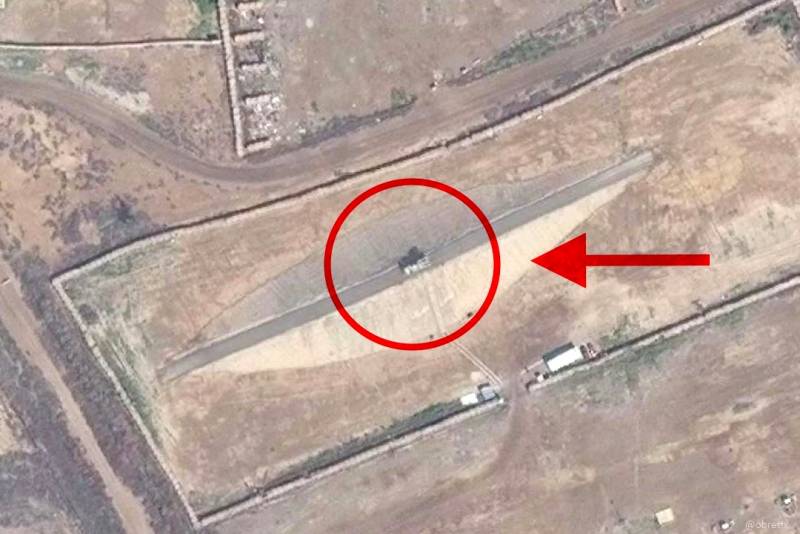
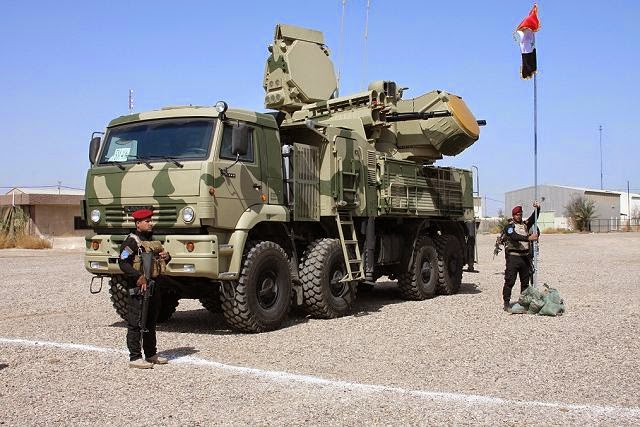
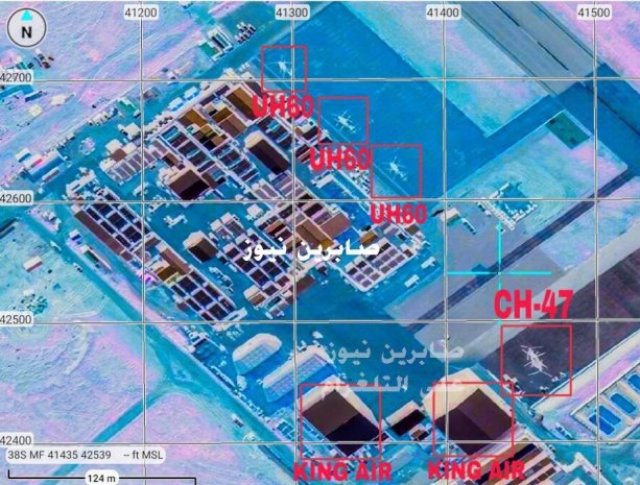




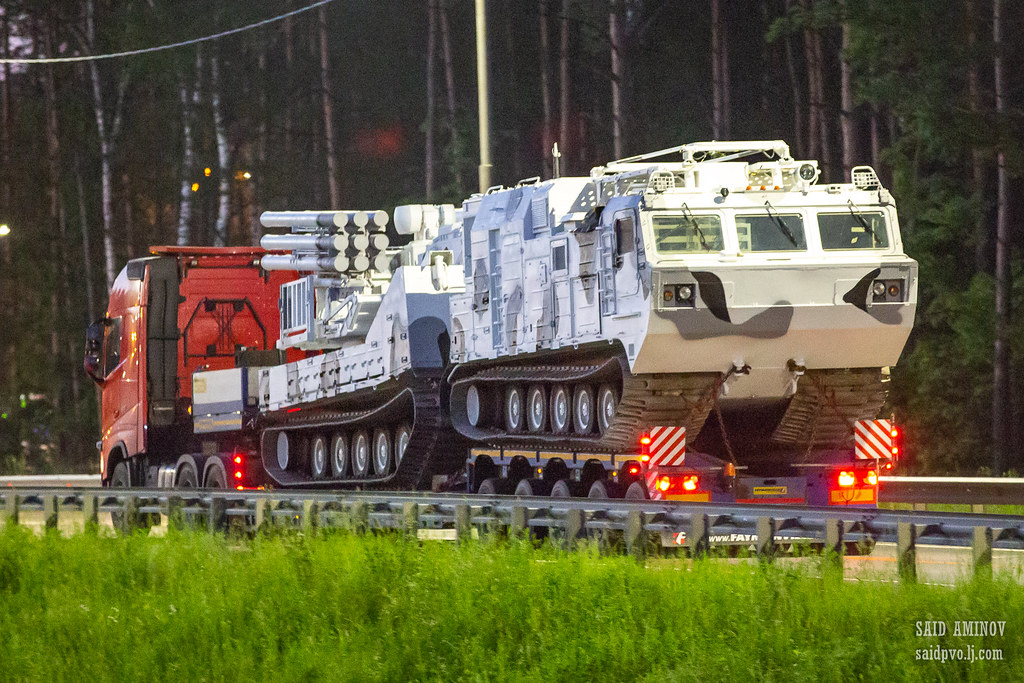

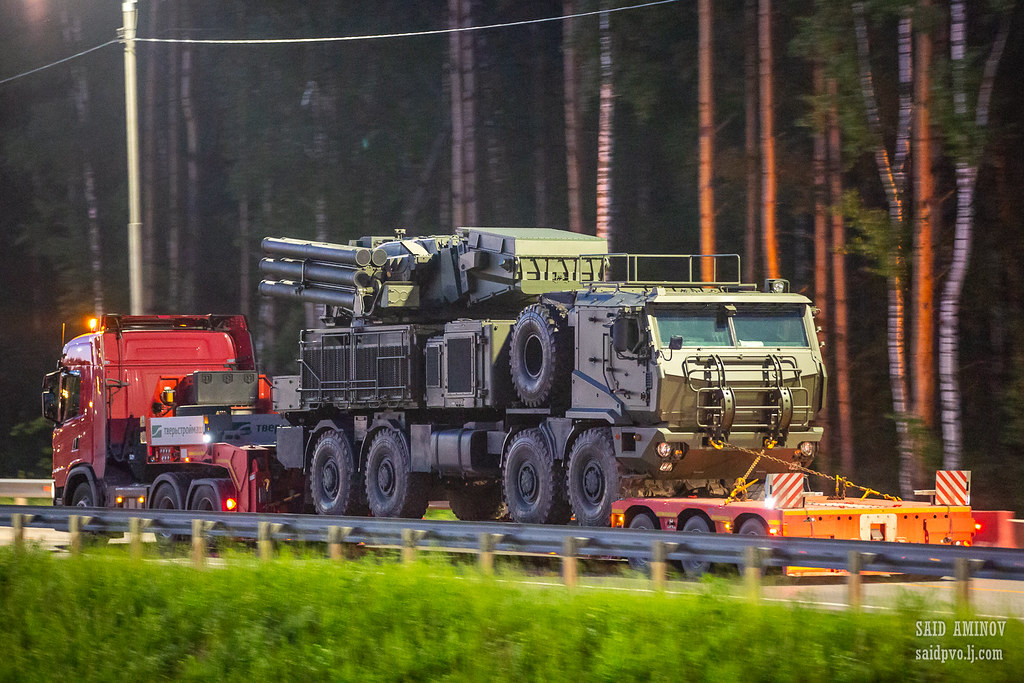
 Isos
Isos




